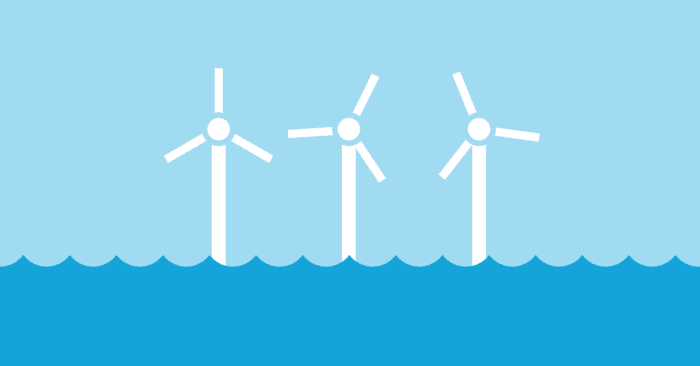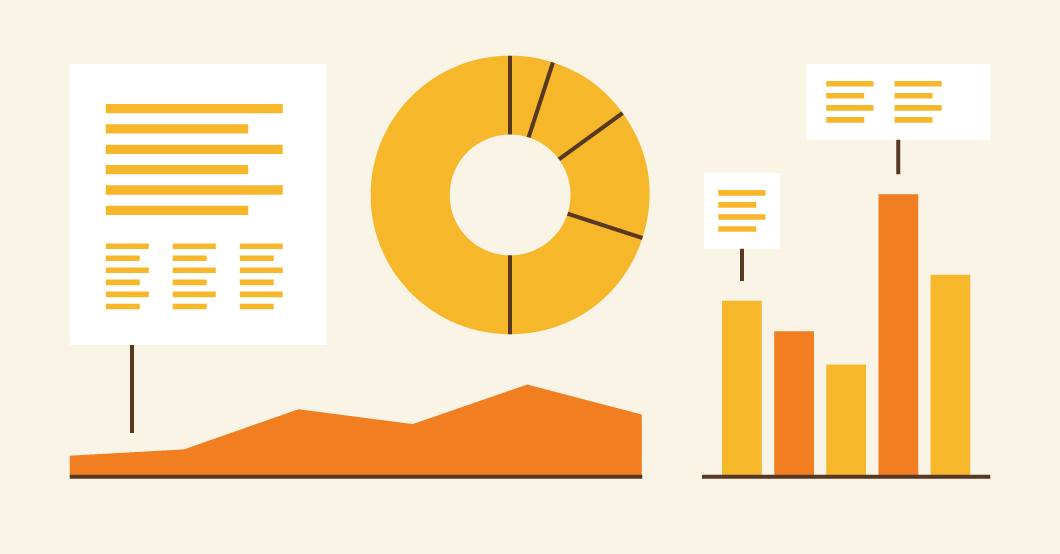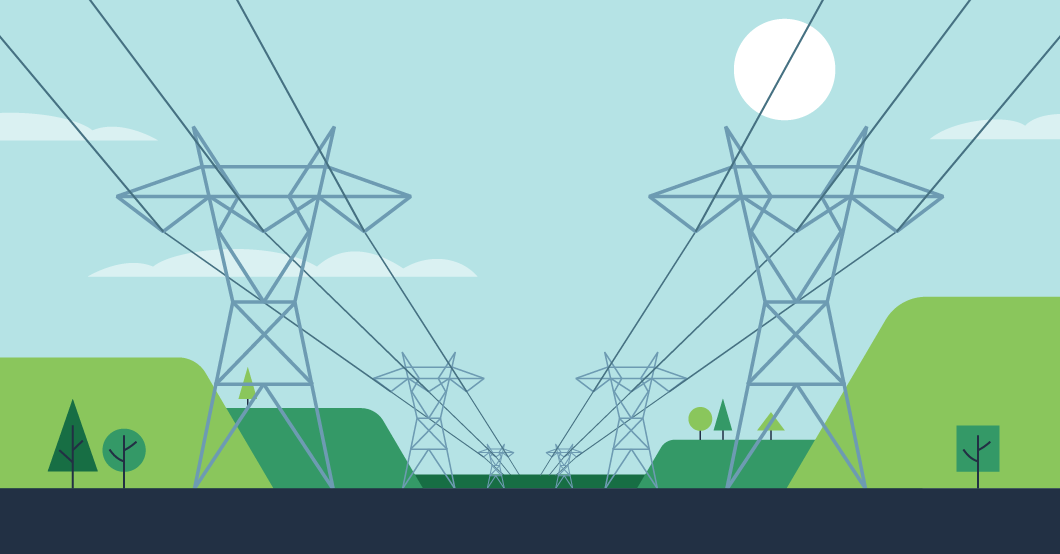ISO-NE supporting Woods Hole Oceanographic Institute’s offshore wind forecasting research

ISO New England has joined over a dozen industry leaders in offshore wind research and production to collaborate on a multi-year effort to improve predictions of output from offshore wind facilities.
The research, spearheaded by the Massachusetts-based Woods Hole Oceanographic Institution (WHOI), aims to “dramatically improve offshore wind resource measurement and modeling science” with a goal of reducing “the cost of energy from offshore wind farms by improving wind resource assessments and forecast models.”
The WHOI-led effort, awarded as part of a broader $20 million initiative on offshore wind research by the U.S. Department of Energy (DOE), will take place in the Northeast United States’ outer continental shelf over five years with fieldwork beginning in late 2023/early 2024.
The research has the capability of yielding a number of benefits, including a better understanding of atmospheric conditions affecting wind in the study area (and thus enhanced predictive capabilities of the conditions in the area), as well as ways to harness that new understanding for the benefit of those in the offshore wind industry.
In its role as both the operator of New England’s bulk electric system and manager of the regional power system planning process, ISO New England is part of the study’s User Advisory Board. As an ultimate “end user” of forecast data, the ISO has a strong understanding of the critical data necessary to make improved modeling and forecasting more valuable. In its support of WHOI’s application to DOE, the ISO noted the importance of WHOI’s work in “ensuring the resource characterization and energy forecast improvements that will be made are transitioned into industry quickly and effectively for maximum impact.”
In February 2022, the ISO’s generator interconnection queue included 19,800 megawatts of proposed wind development – 62% of all proposed new generation in New England. Since 2017, a number of New England states have passed (and are at various stages of carrying out) several clean energy procurements outside of the wholesale markets that will result in the development of thousands of megawatts of offshore wind.
The ISO continues its efforts to support offshore wind development, including recent economic studies outlining the current transmission capacity for offshore wind interconnection in southern New England. ISO New England has also released the initial results of its 2050 Transmission Study, which is developing high-level transmission scenarios to evaluate the system’s ability to serve load over the longer-term. The study looks well beyond the ISO’s typical 10-year horizon for transmission needs, but is not a plan to build specific projects unless states choose to move forward.
- Categories
- Industry News & Developments
- Tags
- clean energy, forecast, renewable resources, wind



